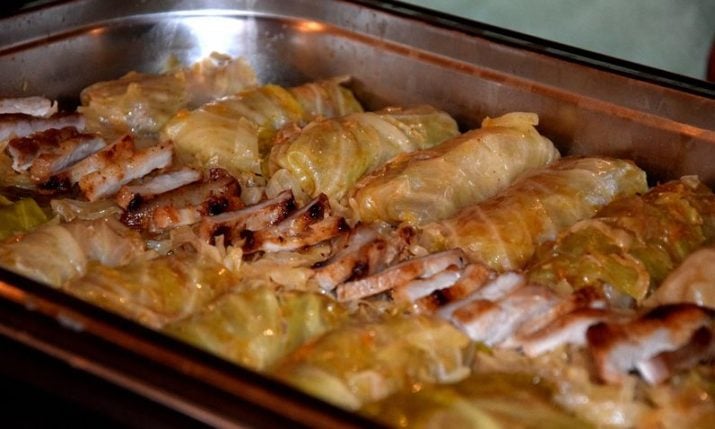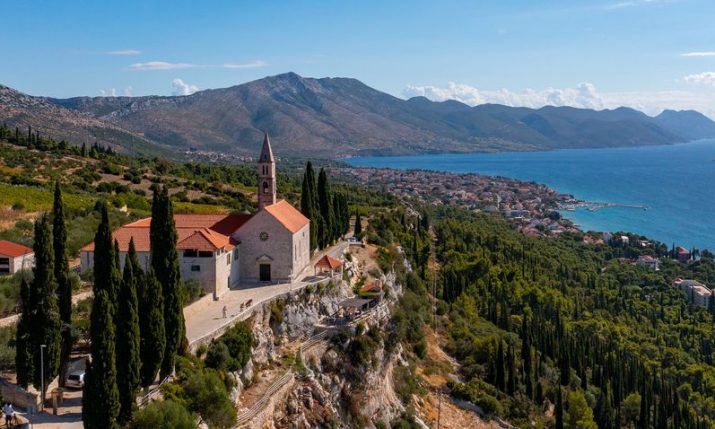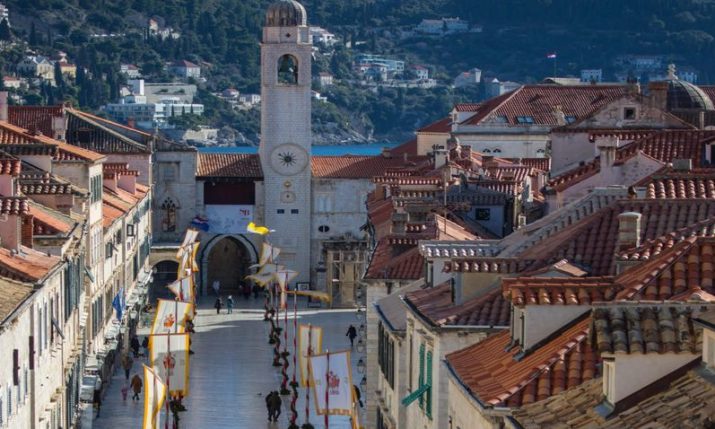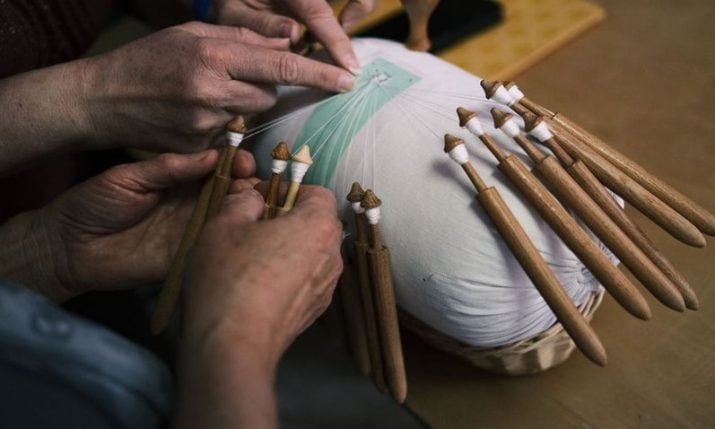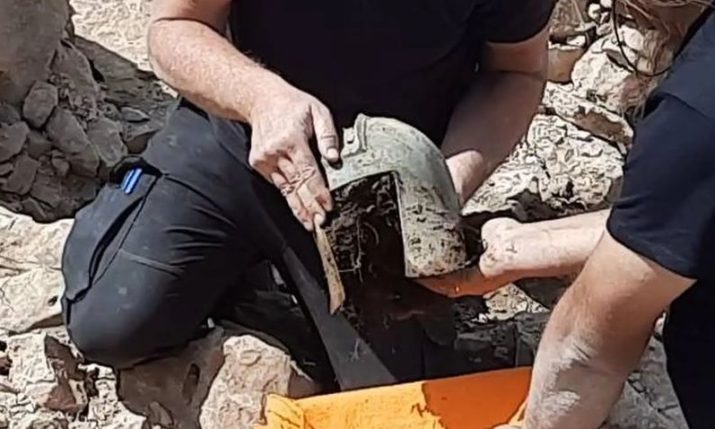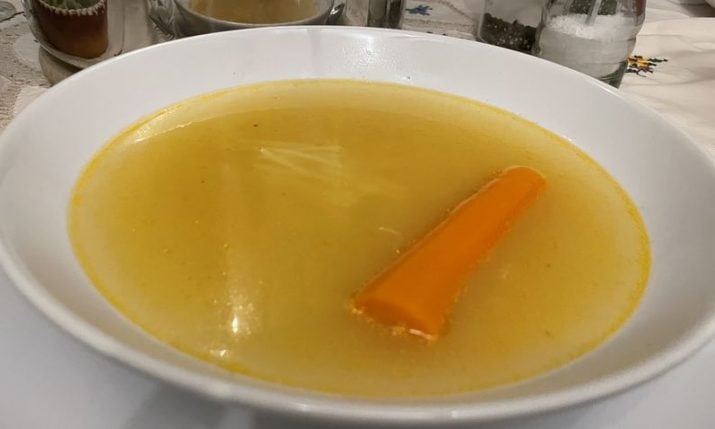Returning to Pelješac’s golden past and interesting maritime tradition
- by croatiaweek
- in Entertainment
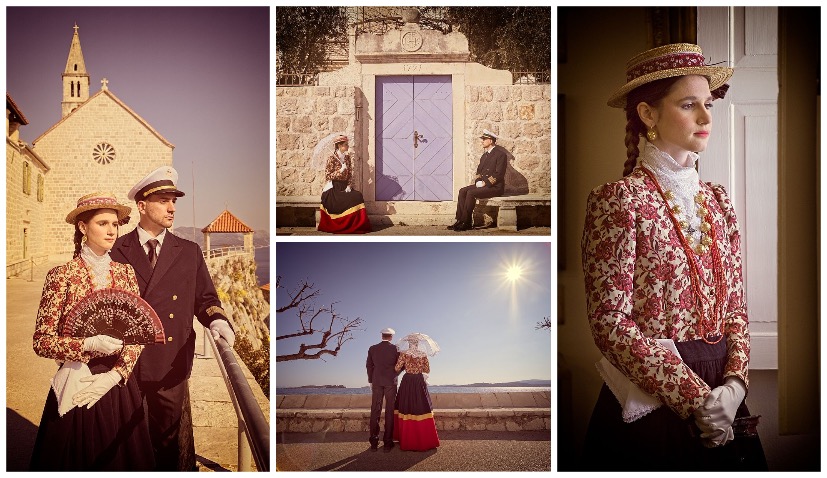
(Photo:Damir Kovačić/Orebić Tourist Board)
Three top festivals on Croatia’s Pelješac peninsula kicks off in ten days with an attractive story about the Pelješac maritime tradition.
From May 15 to June 15, the Captains’ Festival starts in Orebić and spreads throughout the peninsula.
Part of the festival program in Orebić, a place known for its captains and unique courts, spacious courtyards with Mediterranean and exotic plants brought by sailors from voyages, includes a tour of Orebić with costumed guides, the exhibition “Fashion of the Pelješac Riviera through the 19th century” in the reading room of the Orebić Maritime Museum, klapa evenings, and other interesting performances.

(Photo:Damir Kovačić/Orebić Tourist Board)

(Photo:Damir Kovačić/Orebić Tourist Board)
“About fifty Peljesac restaurants, wineries and shellfish farms are also taking part. All those who visit Pelješac during our festivals can expect top wines and fine dishes at promotional prices. Wines will be sold in wineries with a 20 percent discount, and two captain’s menus will be offered in restaurants at a price of 150 and 230 kuna,” said Mladen Đeldum, the new director of the Orebić Tourist Board.

(Photo:Damir Kovačić/Orebić Tourist Board)

(Photo:Damir Kovačić/Orebić Tourist Board)
Return to the golden age of Peljesac
The Captains’ Festival will take visitors back to the golden age of the peninsula, when Pelješac was the maritime centre of this part of the Mediterranean.
Hamburg, Piraeus and Orebić were the only three maritime centres that ships greeted with the sound of a siren, regardless of the flag they carried.

(Photo:Damir Kovačić/Orebić Tourist Board)

(Photo:Damir Kovačić/Orebić Tourist Board)
The locals of Orebić and surrounding places returned their greetings, waving sheets from the shore, ringing the bells at the Franciscan monastery of Our Lady of the Angels and firing from a cannon from today’s building of the Maritime Museum.

(Photo:Damir Kovačić/Orebić Tourist Board)

(Photo:Damir Kovačić/Orebić Tourist Board)
In 1865, the Pelješac Maritime Society (Associazzione Marittima di Sabioncello) was founded in Orebić, and in 1875 the Archiduca Rudolfo shipyard.
At the height of its glory, the Pelješac Riviera area had 2,000 seafarers, 250 captains and 90 sailing ships with a total tonnage of 45,000 tons.

(Photo:Damir Kovačić/Orebić Tourist Board)

(Photo:Damir Kovačić/Orebić Tourist Board)
Pelješac sailors were also known for their heroic deeds on their voyages, for which they received numerous decorations, and there was almost no house that did not give at least one captain.

(Photo:Damir Kovačić/Orebić Tourist Board)
Therefore, Pelješac is known as the ‘cradle of the captain’, but also the ‘little blue’. The festivals are a great invitation to visit the peninsula.

